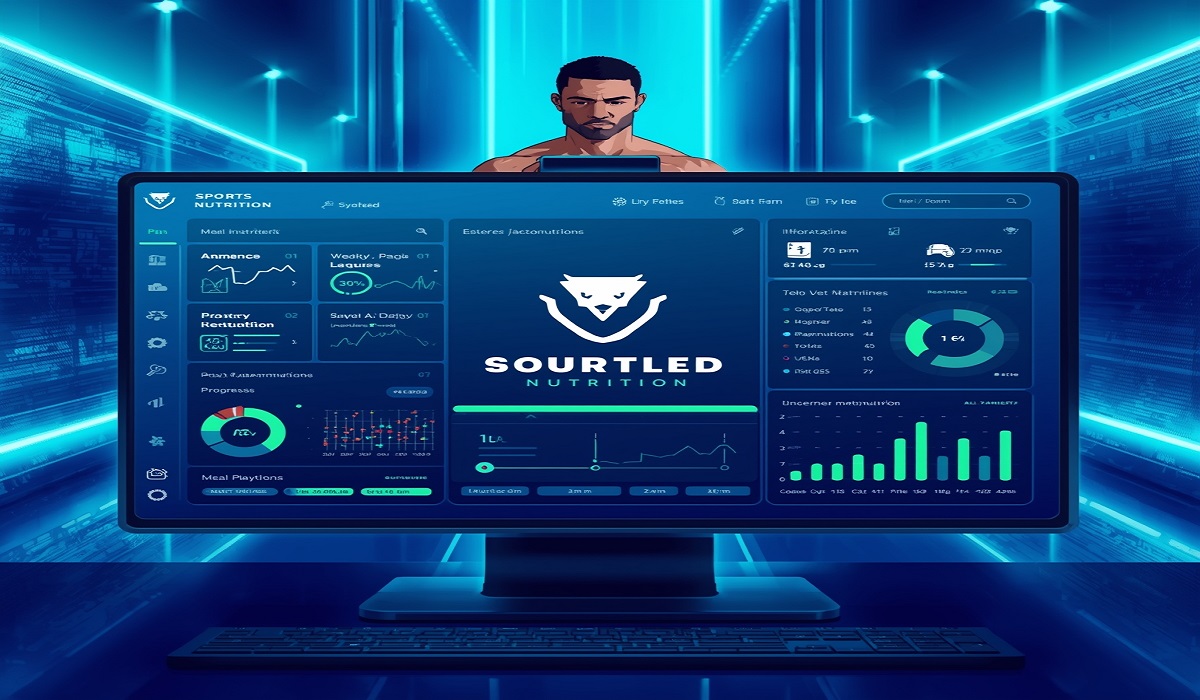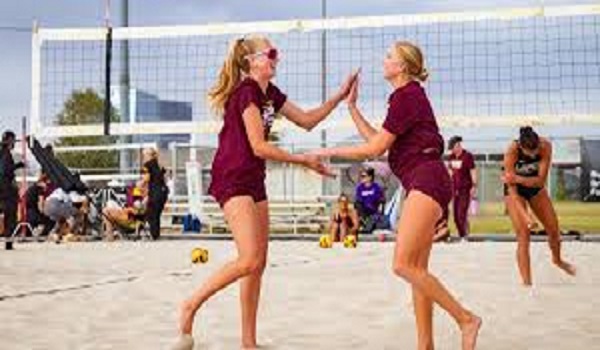Sports Nutrition Plans
Sports Nutrition Plans: In today’s fast-moving fitness world, athletes and active people crave plans that feel made just for them. That’s where AI-driven personalized sports nutrition plans come in. These plans mix smart technology with real human goals. They don’t just use broad rules. They take into account your body, your sport, and your lifestyle.
The focus keyword “AI-driven personalized sports nutrition” will appear throughout to keep things clear and consistent. Whether you’re training for speed, strength, or stamina, this article helps you understand how such plans work, why they matter, and how you can use them well.



What Are AI-Driven Personalized Sports Nutrition Plans?
When we talk about AI-driven personalized sports nutrition, we’re referring to nutrition plans built using artificial intelligence (AI) that tailor meals, nutrients, timing, and recovery around an individual’s training and physiology. Unlike generic diet advice, these plans adjust for your sport, your training load, your body’s metrics, and even your habits.
For example: AI might look at how you metabolize carbohydrates, when you train, how intensely you recover—and build a plan. Research shows that AI systems now use metabolic data, wearable sensors, and training inputs to refine nutrition for endurance athletes.
In short, AI-driven personalized sports nutrition plans mean smarter diets for better performance and recovery.
Why These Plans Matter for Athletes?
More than “one size fits all”
Traditional sports diet guidance often gives blanket rules: eat so many grams of protein per kilo, or drink this much water. But every athlete is different: sport type, body composition, training schedule, recovery ability. With AI-driven personalized sports nutrition, the plan becomes unique. A study highlights how AI uses continuous glucose monitoring, training loads, and body signals to craft individualized strategies.
Better performance and recovery
When your nutrition aligns with what your body actually needs, you can recover faster, train smarter, and perform better. AI can suggest tweaks like “eat more carbs today because training volume is high” or “reduce fats today because recovery is poor”. This is the heart of AI-driven personalized sports nutrition plans.
Adaptable and real-time
Training demands change daily: intensity, volume, rest, travel. The beauty of these plans is the AI can update as things change. That adaptive feature makes AI-driven personalized sports nutrition far more responsive than static meal plans.


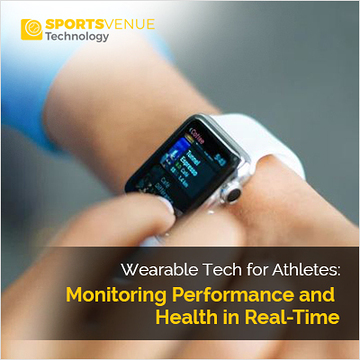
The Core Components of Effective AI-Driven Personalized Sports Nutrition Plans
Data collection and profiling
Before you get a plan, data is gathered: your age, weight, body fat, sport type, training schedule, preferences, food intolerances. For AI-driven personalized sports nutrition, this is crucial. The more accurate the input, the better the outcome.
Algorithmic planning and macronutrient targeting
The AI uses those inputs to set macronutrient targets—how many carbs, proteins, fats—and micronutrients, hydration, and meal timing. For example: “You should eat 1.8g of protein per kilo of body weight on strength days.” This is where AI-driven personalized sports nutrition plans shine.
Meal suggestions, timing, recovery nutrition
The AI suggests actual meals and when to eat them. For athletes, recovery nutrition is just as important as training nutrition. A plan might say: “Within 30 minutes after your session, consume 0.3 g of protein per kilo plus 1 g of carbs per kilo.” When built by AI, this becomes part of the AI-driven personalized sports nutrition blueprint.
Continuous monitoring and adjustment
Once the plan starts, feedback loops matter. Sleep quality, heart rate variability, training output, how you feel—all feed into the AI. Then adjustments are made. If recovery is slow, carbs might increase. That ongoing tweak is a hallmark of AI-driven personalized sports nutrition plans.
How the Technology Works Behind the Scenes?
Behind every strong plan lies tech.
- Wearables and sensors feed data (heart rate, recovery status, training load).
- Machine learning models identify patterns (e.g., when your performance dips due to low carb intake).
- Natural Language Processing (NLP) helps apps interpret your meal logs, preferences, even mood.
- Algorithms build and adapt your nutrition plan in real-time, creating something truly personalized.
In sum, when you choose AI-driven personalized sports nutrition plans, you’re tapping into a system that blends sport science, data science, and real human behaviour.

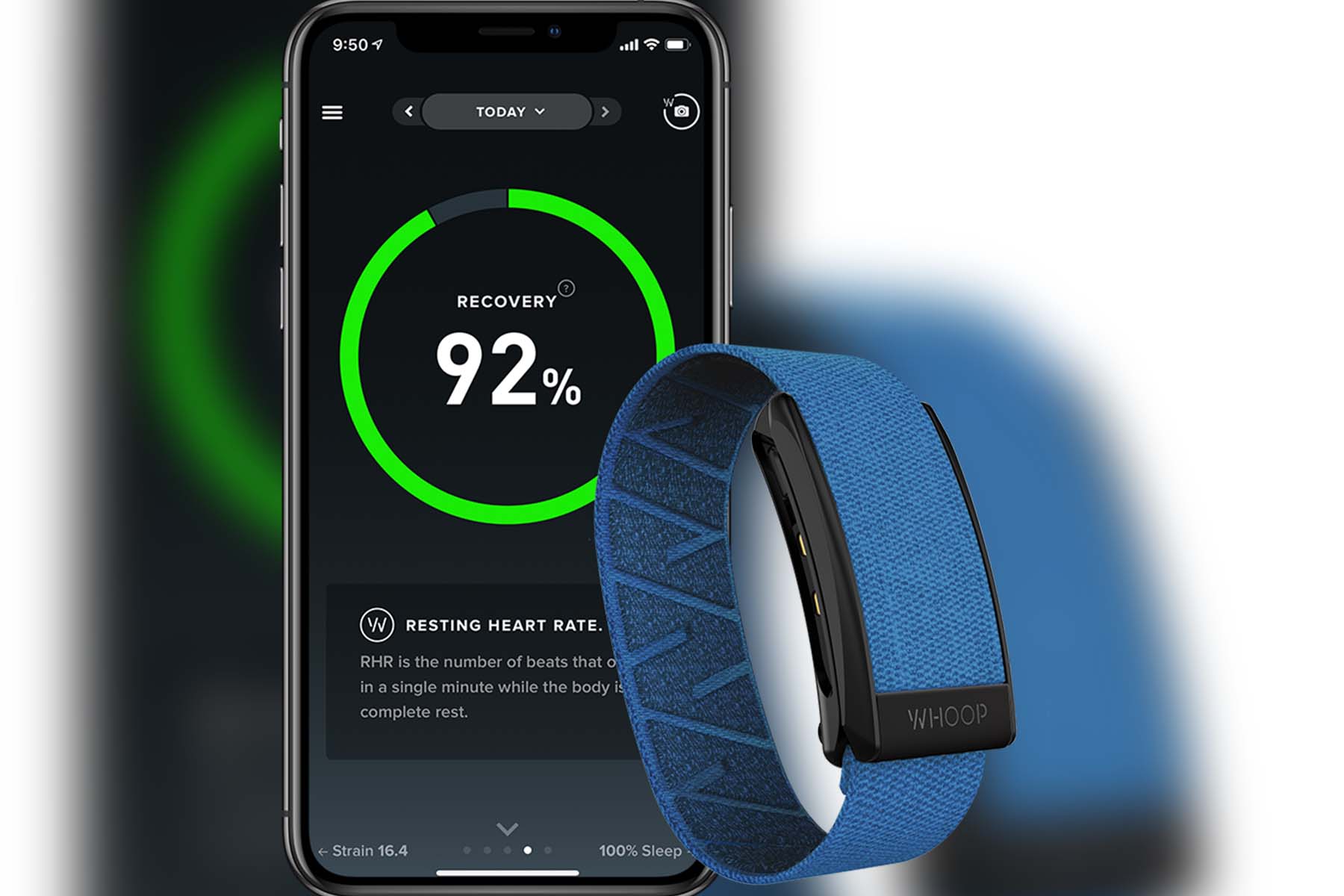
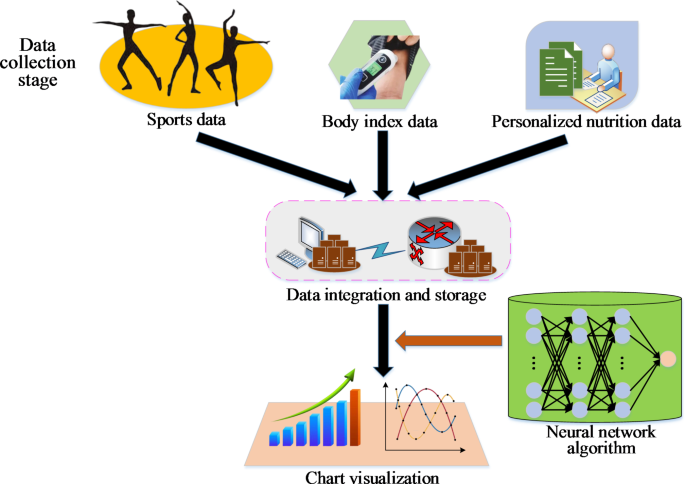
Building Your Own AI-Driven Personalized Sports Nutrition Plan: Step by Step
1: Collect your baseline
- Write down your age, weight, height, sport, training schedule.
- Note your goals (gain muscle, build endurance, lose fat).
- Note food preferences and restrictions (vegetarian, gluten-free, allergies).
This is the foundation of your AI-driven personalized sports nutrition plan.
2: Input training and recovery data
- How many sessions per week, how intense.
- Rest days.
- Recovery metrics (sleep hours, soreness, heart rate variability if available).
These feed into the AI to refine your plan.
3: Let AI set macronutrients and timing
Based on the data, macros are established. For example:
- Strength days: high protein, moderate carbs.
- Endurance days: higher carbs, moderate protein.
- Rest days: lower carbs, moderate fats, moderate protein.
Your AI-driven personalized sports nutrition plan will specify this.
4: Meal suggestions and recovery foods
The AI will suggest actual meals: breakfast, lunch, dinner, snacks. It may pick foods you like, and align with your restrictions. Recovery nutrition gets schedule placement, e.g., post-session shake or meal.
5: Monitor and adjust
Track how you feel, your performance, your recovery. The AI uses feedback to adapt. If you reset sleep or training load changes, your plan changes. That’s the living nature of AI-driven personalized sports nutrition plans.
6: Stay consistent and review
Even best plans need human effort. Logging meals, training sessions, and recovery helps the AI refine further. Consistency pays off.
Common Mistakes to Avoid with AI-Driven Personalized Sports Nutrition
- Ignoring the human element. Even with AI, you still have to eat, train, rest. Don’t rely solely on the tech.
- Poor data input. If you don’t log food, training, sleep, the AI has weak data and the AI-driven personalized sports nutrition plan suffers.
- Expecting instant perfection. These plans improve over time. Give it weeks, not days.
- Over-rigidity. Life happens—travel, sleep loss, injuries. Make sure your plan supports flexibility.
- Neglecting recovery. Nutrition is part of performance. Recovery meals, rest, sleep—all matter. The AI includes it but you must act on it.


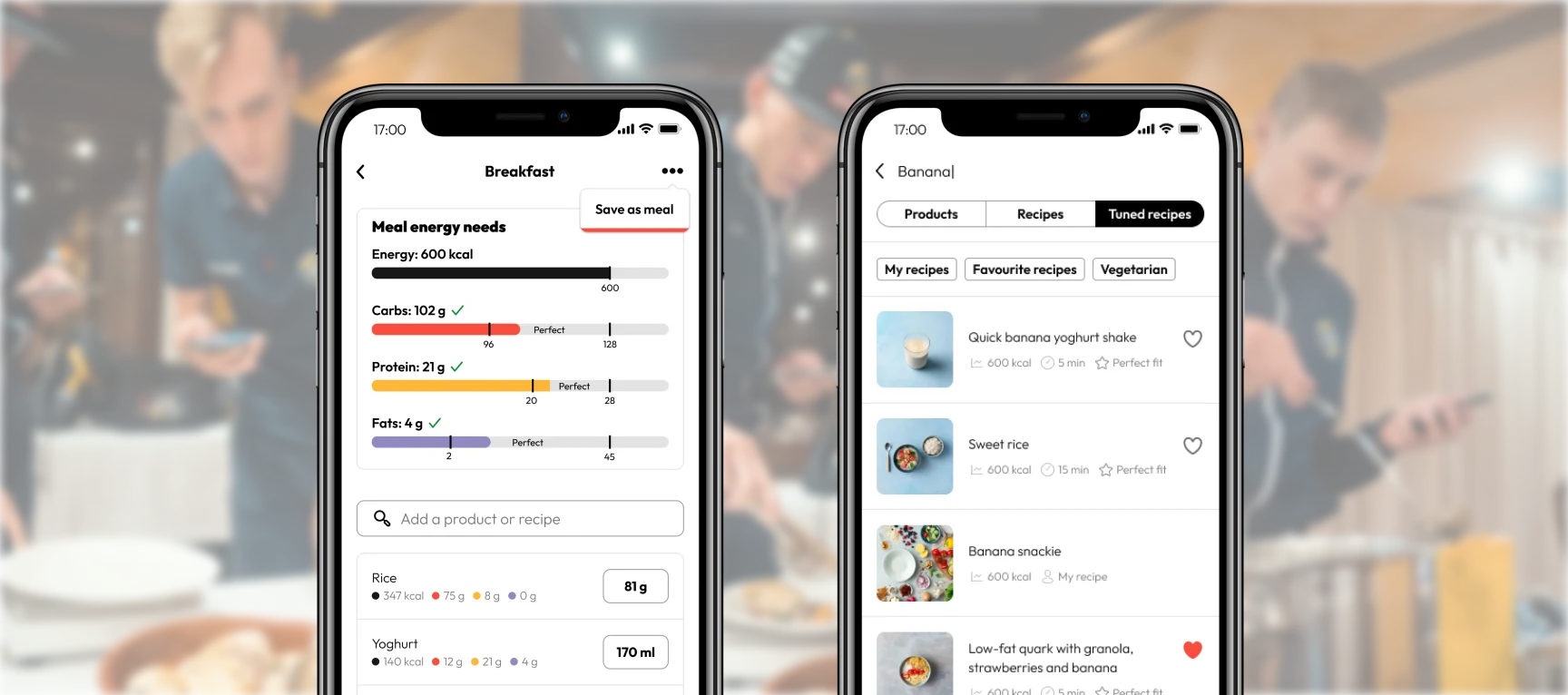
Case Scenarios: How AI-Driven Personalized Sports Nutrition Plans Work in Real Life
Scenario A: Endurance runner
Jane runs 60 km per week, has high carb needs, and tends to feel fatigued mid-race. Using an AI-driven personalized sports nutrition plan, her macros shift to higher carbs on long run days, more protein on recovery days, and the AI alerts her to increase hydration when sleep was poor. Result: improved stamina and fewer bonks.
Scenario B: Strength athlete
Mike lifts heavy four days a week and wants to build muscle with minimal fat gain. His AI-driven personalized sports nutrition plan gives him higher protein, moderate carbs, low fat on training days, and adjusts on rest days. He tracks progress, the AI refines as muscle mass increases.
Scenario C: Multi-sport athlete
Sara plays soccer and does circuit training. Her schedule fluctuates. The AI adapts: on match days it increases carbs and hydration; on light days it lowers intake. Her AI-driven personalized sports nutrition plan keeps up with the changing load and prevents over-eating or under-fueling.
How to Choose the Right Platform or Service?
If you want a tool for AI-driven personalized sports nutrition, consider these:
- Data-input ease: Can you log meals, training, sleep easily?
- Adaptability: Does it adjust as your schedule changes?
- Evidence-based: Is the service backed by sport science? (Yes—AI in sports nutrition is backed by recent studies.
- Human support: Even with AI, access to a coach or dietitian helps.
- Privacy and data management: Your personal health data must be secure.
Selecting the right service means your AI-driven personalized sports nutrition plan is not just smart—it’s usable.
Future Trends in AI-Driven Personalized Sports Nutrition
- Integration with genetics and microbiome data: AI will use your DNA and gut health to refine nutrition.
- Real-time feedback loops via wearables: As sensors improve, the AI-driven personalized sports nutrition plan will adjust instantly.
- More sophisticated recovery-nutrition algorithms: The AI will optimize for sleep, stress, travel.
- Group and team optimisation: Not just individual plans, but team nutrition via AI.
- Accessibility for all athletes: From amateur to elite, these plans become affordable and effective.
The future of AI-driven personalized sports nutrition plans is bright and evolving.
Benefits and Limitations
Benefits
- Nutrition that fits you, not the generic athlete.
- Better performance, recovery, and consistency.
- Adaptability as your training or life changes.
Limitations
- Requires accurate data input.
- Technology may misinterpret complex human factors (gut tolerance, unusual schedules). Research notes that device errors are a limitation.
- Human factors like motivation, sleep, stress may override any plan.
Understanding both sides lets you use AI-driven personalized sports nutrition plans wisely.
Action Plan: Implement Your Own AI-Driven Personalized Sports Nutrition Now
- Choose your platform or coach that supports AI-driven personalized sports nutrition.
- Input your baseline data: body stats, sport, training, goals.
- Log your training, meals, recovery metrics for at least 4-6 weeks.
- Review the first plan and follow meal suggestions and timing.
- At weekly intervals, check how you feel, how performance is going, and let the AI adjust.
- Stay flexible: travel, rest days, social events—all should be incorporated.
- Re-assess after 3 months: has your performance improved? Are you recovering better? Then continue evolving your AI-driven personalized sports nutrition plan.
Frequently Asked Questions (FAQs)
1. What is the difference between a regular sports nutrition plan and an AI-driven personalized sports nutrition plan?
A regular plan uses general guidelines. An AI-driven personalized sports nutrition plan uses your specific data, training load, recovery signals and adapts over time.
2. Do I need expensive tech or wearables for AI-driven personalized sports nutrition?
Not always—basic data like training logs and body stats help. But wearables enhance accuracy and make the AI’s adjustments better.
3. How often should I update or check in with my plan?
For best results, review weekly and let the AI adjust as training or recovery changes. After 3-4 weeks you’ll see meaningful patterns.
4. Is AI replacing human coaches or dietitians?
No. AI supports human experts. For high-level athletes especially, a coach or dietitian adds nuance. AI is a tool for your AI-driven personalized sports nutrition plan.
5. Is this only for elite athletes?
Not at all. Whether you’re amateur, weekend warrior or professional, AI-driven personalized sports nutrition plans can help you tailor your nutrition to your level and goals.
Conclusion
Nutrition matters. Performance matters. And now, with AI-driven personalized sports nutrition plans, you can bring them together in a way that’s smart, adaptive and tailored. These plans give you more than generic advice—they give you a nutrition strategy crafted around you. By collecting your data, staying consistent, feeding back recovery and training metrics, and choosing the right platform, you unlock a strategy built for your body and your sport.
Whether you’re chasing a personal best, playing for fun, or just trying to feel stronger and healthier—the keyword “AI-driven personalized sports nutrition” sums up the journey: technology meets human goal. Embrace it, engage with it, and let your performance and recovery reflect the effort.
